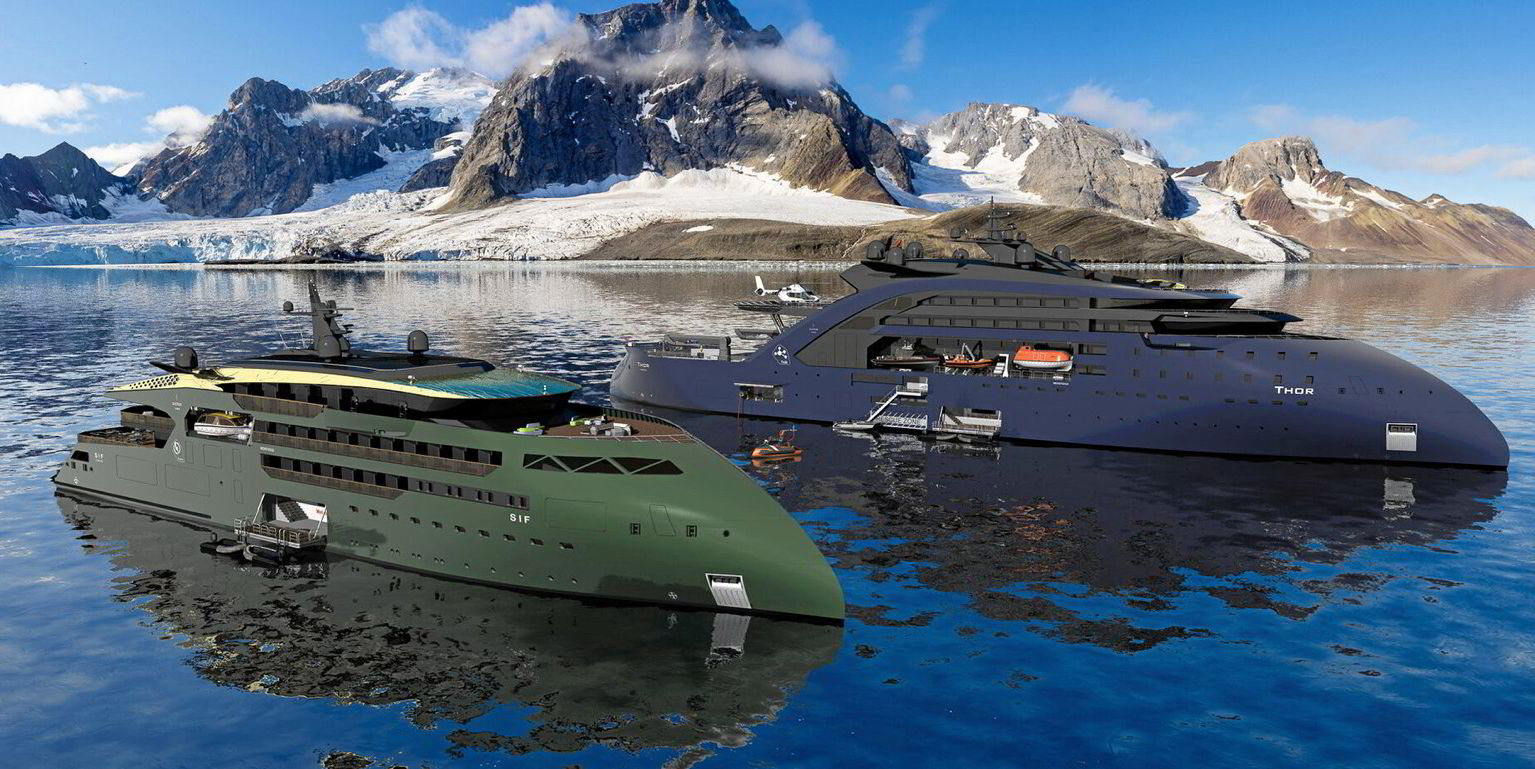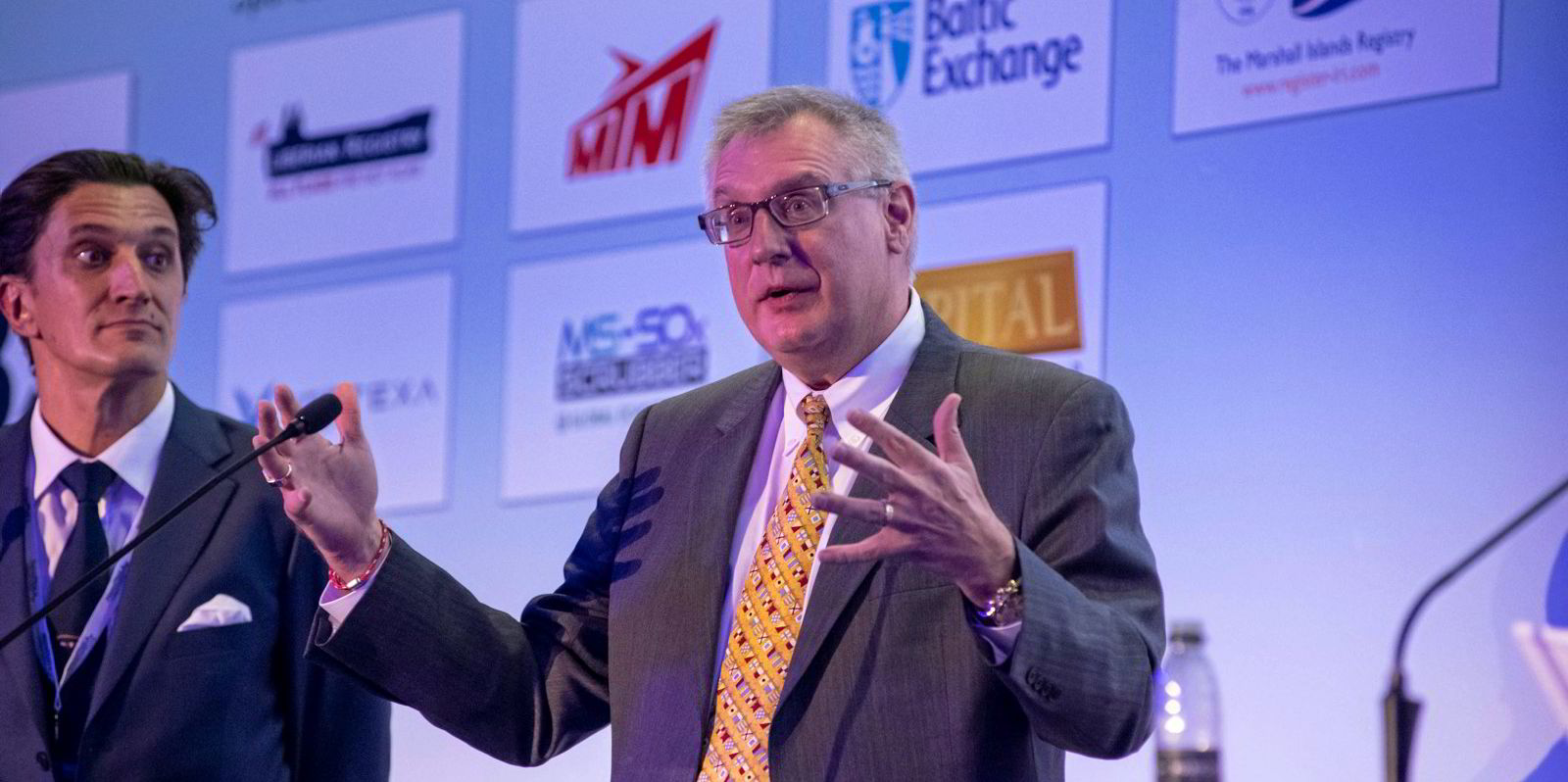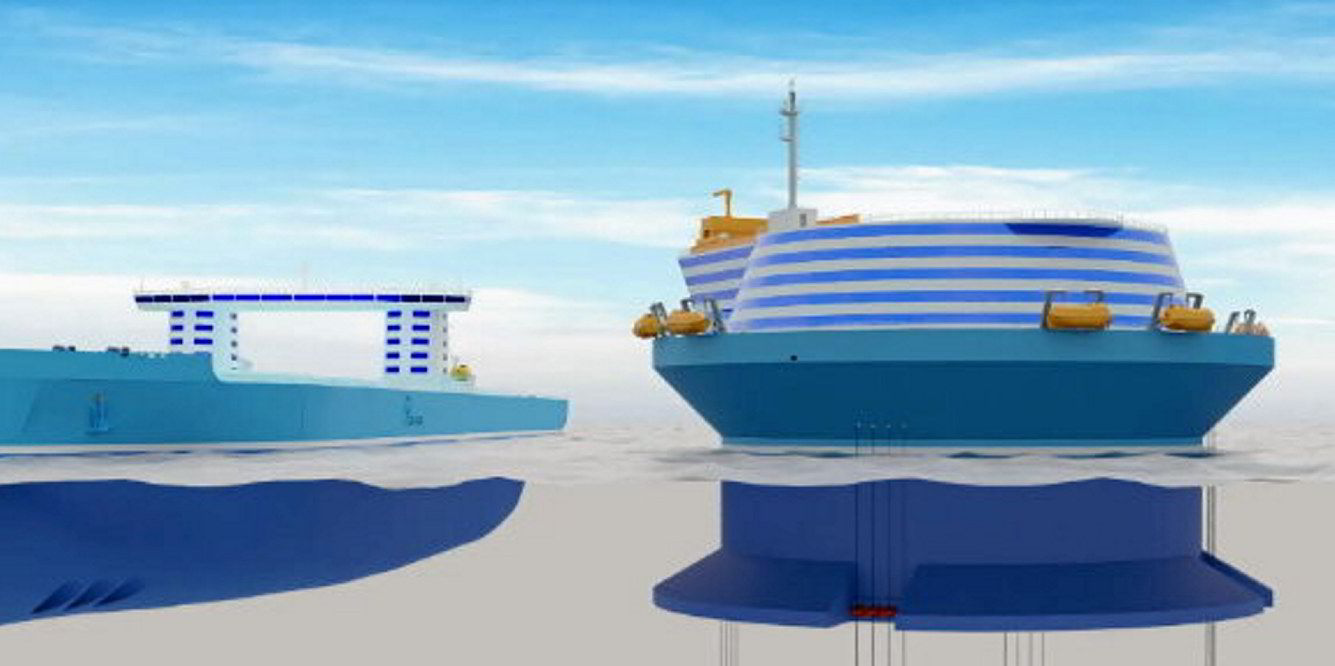One of the challenges of bringing cleaner fuel to some regions of the world comes down to infrastructure.
For example, battery-powered cruise ships would be emissions-free cruising to the Arctic if only there were a place to charge them.
Enter Thor, the ship design concept developed by Norway’s Ulstein that would be powered by molten salt reactor (MSR) nuclear technology and onboard batteries, and could also serve as a charging station for electric cruise ships.
“What we saw is that we need to create a separate infrastructure for energy,” Ulstein chief designer Oyvind Gjerde Kamsvag said of developing the concept. “So rather than making a land-based infrastructure, why not use an ocean-based infrastructure?”
He said the Thor could have other uses where such floating energy could be a benefit, including serving in emergencies such as earthquakes, where its reactor could provide power or be used to synthesise fuel.
Norway’s abundant supply of the radioactive element thorium — which, like the Thor, is named after the Norse god — was another driver of the design of the 149-metre-long replenishment, research and rescue vessel.
The MSR technology, which is still untested in shipping, would provide consistent power without the need ever to refuel over a reactor’s 25-year life.
“When you buy the ship, when you build the ship, you buy it with all the fuel necessary for its lifespan,” Kamsvag said.
MSRs are being touted as a potential solution for shipping that uses a very small amount of nuclear fuel to generate power with no carbon emissions.
So why not design the company’s other recent concept, the electric cruise ship Ulstein Sif, as a nuclear-powered passenger vessel?
Kamsvag said challenges remain when it comes to the politics around nuclear power, and the public’s perception of its safety.
“We take that out of the equation,” he said. “People have no problems being on board a full electric vessel, whereas the Thor can now be the energy carrier vessel.”





